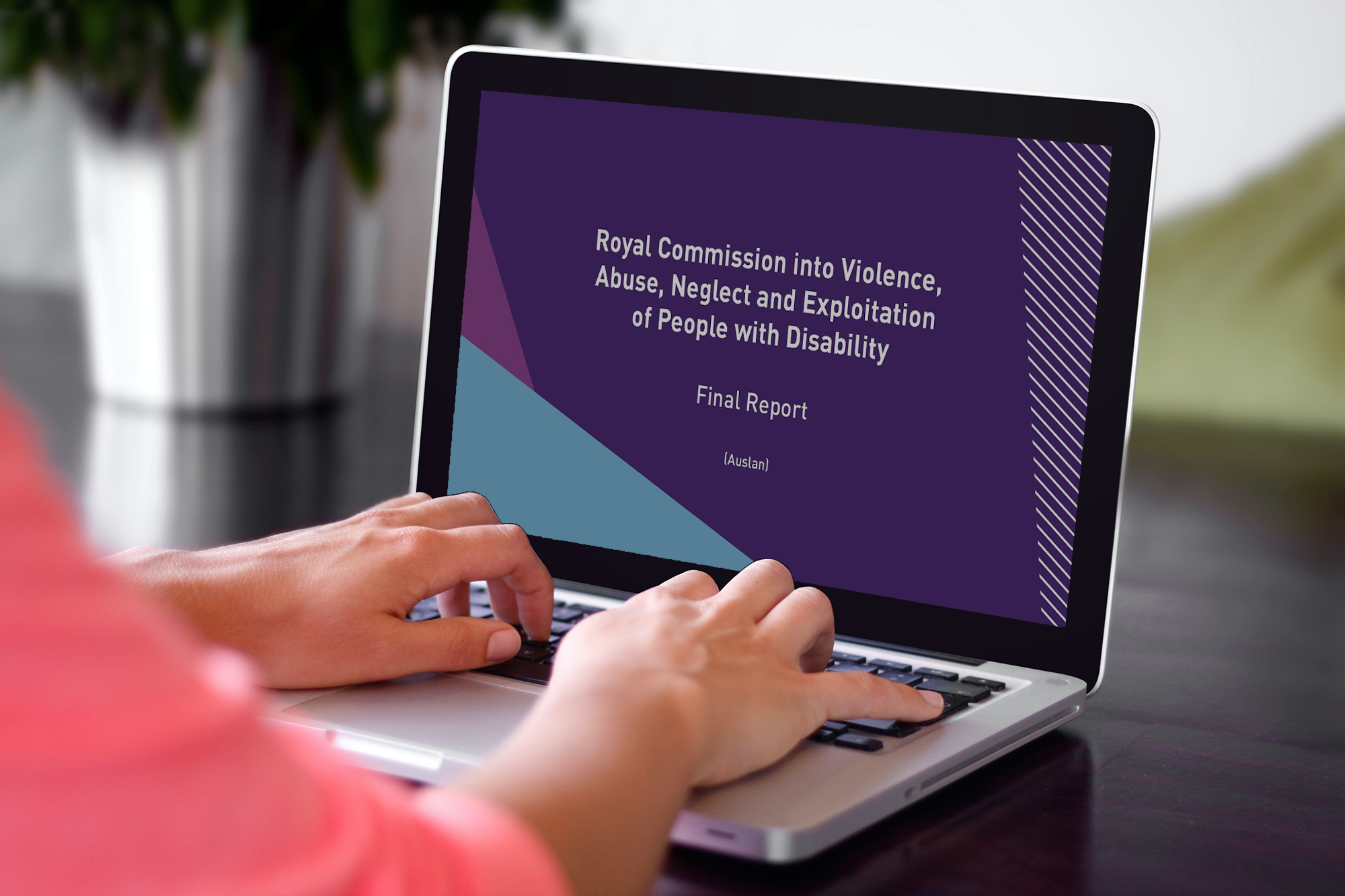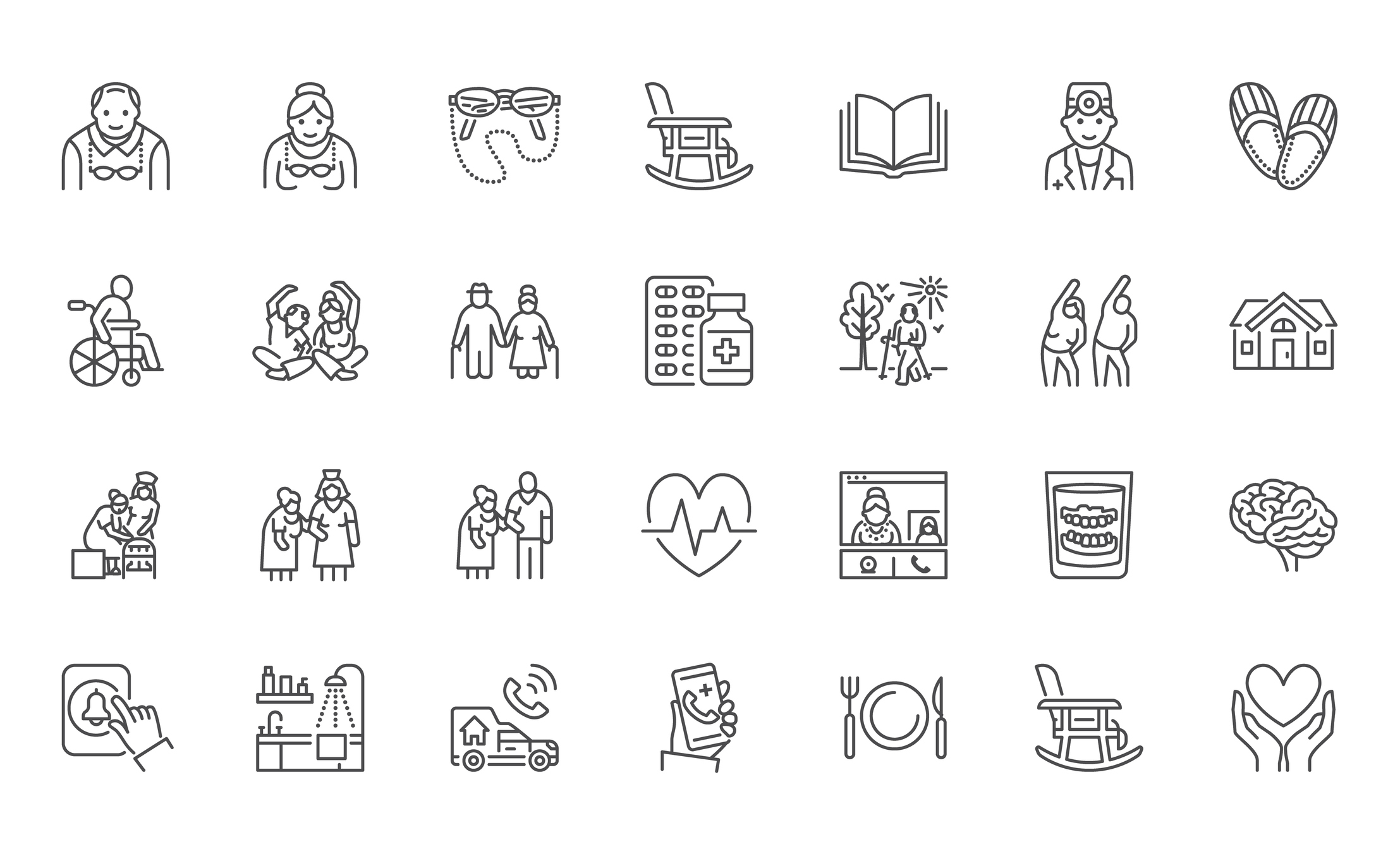Clinical governance is essential for delivering safe, quality clinical care and good clinical outcomes for each consumer. It provides the organisation with a framework for continuously improving services. At its core, it is about all members of the organisation, at all levels, asking: ‘What went well? What can I be doing better?’. Implementing a clinical governance framework will assist providers to consistently deliver good clinical outcomes for all patients and meet their requirements under various sets of standards.
The requirement for a clinical governance framework is consistent across the major national standards that apply to providers who may deliver clinical services to consumers, including the RACGP Standards for general practices, the National Safety and Quality Health Services Standards and the Aged Care Quality Standards. Although the three standards have different underlying approaches to clinical governance that are specific to their relevant service providers, there is commonality across all three in their focus on key areas including risk management, continuous quality improvement and consumer-centred care.
The Aged Care Quality Standards require aged care services that provide clinical care to demonstrate the use of a clinical governance framework (Standard 8, 3(e)). Standard 8 – Organisational Governance – of the Aged Care Quality Standards requires a clinical governance framework to be in place, which “includes but is not limited to” processes to address antimicrobial stewardship, minimising the use of restraints and practising open disclosure.
To supplement these high level requirements in the Aged Care Quality Standards, and to provide more practical assistance to providers, the Aged Care Quality and Safety Commission has released a number of resources that address clinical governance at a more granular level, and detail the processes that should be in place for a clinical governance framework. The Commission has worked with a number of stakeholders to develop these resources to help providers enhance patient care and safety, allocate resources effectively and work towards continuous improvement.
Roles and responsibilities
Roles and responsibilities
Clinical governance encompasses all of the relationships within the service, and the way they work together to deliver safe and high-quality care. A key element of implementing clinical governance in practice is understanding what everyone’s responsibilities are, what they should be held to account for and how you can support them to fulfil their roles. Implementing a clinical governance framework not only assists all stakeholders to understand their roles and responsibilities, but creates an environment where clinical care can thrive because all team members accept responsibility for ensuring effective care.
All stakeholders must be involved in the implementation of the clinical governance framework, from the governing body, which plays a key role in implementing and reviewing clinical governance processes, right down to the consumers who play a role in working in partnership with the organisation.
· Governing Body
· Governing Body
The governing body is accountable for clinical quality and safety and the clinical governance arrangements within your service. Governing body members should set a clear strategic direction and organisational culture that drives safety and quality in care.
· Senior executives
· Senior executives
Senior executives are responsible for visibly supporting and implementing the culture around clinical care set by the governing body, as well as reporting against the framework’s KPIs. They assist with ensuring that information, support and opportunities are provided to the workforce to assist them to understand their roles.
· Operational managers
· Operational managers
Operational managers must manage the implementation of clinical governance measures and support the workforce in implementing the framework.
· Staff members
· Staff members
All members of the workforce have a role in providing care to consumers. They must prioritise the provision of safe, quality care and services to consumers in everything that they do.
· Health practitioners
· Health practitioners
Health practitioners are accountable for delivering clinical care that meets relevant professional standards.
· Consumers
· Consumers
Consumers themselves play a crucial role in the implementation of a clinical governance framework. Their communication of their preferences for clinical care, engagement with staff in the planning and delivery of their clinical care, and their feedback about their experiences are important elements of the clinical governance framework.
How can we help?
How can we help?
Our new clinical governance self-assessment is based on the resources developed by the Commission, and will assist providers to put in place and monitor the core elements of their clinical governance framework. It will also help you to ensure that each stakeholder group understands their roles and responsibilities, and contributes to the process.
The self-assessment addresses the following areas:
- Leadership and culture
- Consumer partnerships
- Organisational systems
- Monitoring and reporting
- Effective workforce
- Communication and relationships
Within these areas, the self-assessment also segments the roles and responsibilities of individuals and assesses whether they are appropriately trained and have the competence to fulfil their roles.
Completing the self-assessment will help you implement best practice by identifying any gaps or opportunities for improvement within your organisation’s clinical governance systems and processes.
You can find the new self-assessment in SPP under the Standards tab > Australian National Standards.


